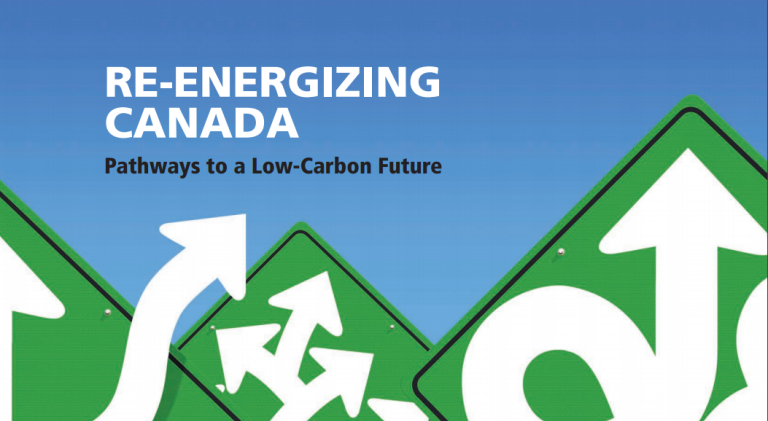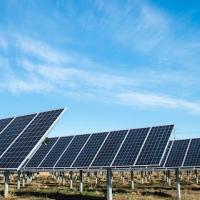A recent study by David Hughes, Canada’s Energy Outlook, analyses Canada’s energy system, taking a detailed look at Canadian energy consumption, renewable and non-renewable energy supply, the state of Canada’s resources and revenues, and what it means for emissions-reduction planning. We have “some very difficult choices in maintaining security while meeting emissions reduction targets”.
On a per capita basis, Canadians consume energy at more than five times the world average. “Canada’s per capita emissions of greenhouse gases are among the highest in the world—3.2 times the world average, more than double that of China (the world’s highest total emitter) and eight times that of India.”
And we can’t have our cake and eat it too. “Expanding oil and gas production as projected by the National Energy Board means that the rest of Canada’s economy will have to reduce emissions by 49 per cent by 2030, and 85 per cent by 2040, to meet emissions reduction targets. This is almost certainly impossible in the timeframe available.”
“Although on paper Canada has the third-largest resource of oil in the world, in practice 97.4 per cent of proven reserves are low-quality oilsands that are energy- and emissions-intensive to extract and costly to refine. Some 80 per cent of the remaining recoverable resources in the oilsands are too deep for mining and thus require even more energy- and emissions-intensive in situ methods to extract. Furthermore, industry invariably extracts the highest-quality, most economic resources first, which means that much of Canada’s remaining oil resource will cost more to extract than current operations and will produce higher levels of emissions.” (All figures from the report)
Meanwhile, Canada has Re-Energizing Canada: Pathways to a Low-Carbon Future, a scientific report that lays out a detailed roadmap for achieving a low carbon economy by 2050.
- Log in to post comments




CRC Comments